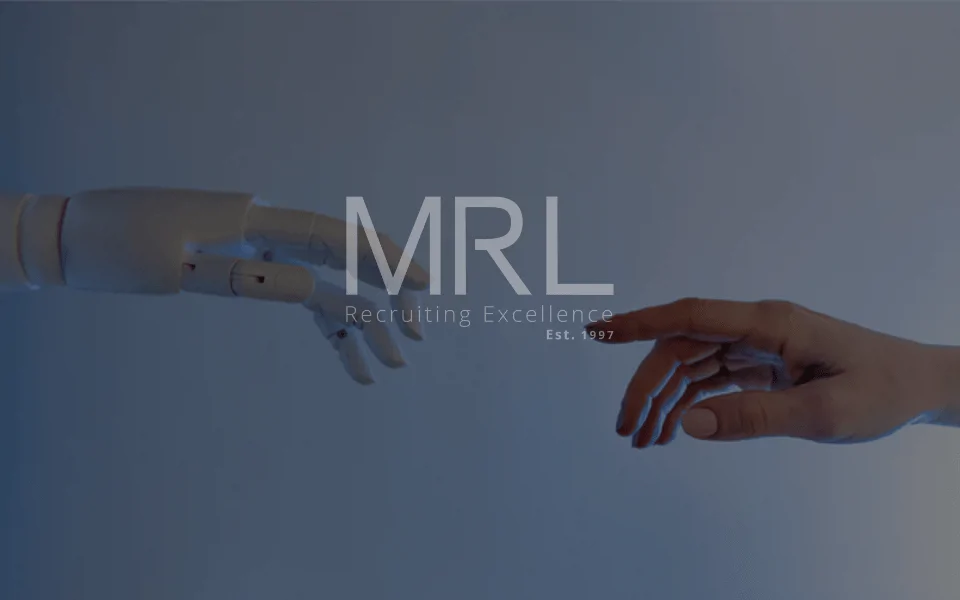The power of video in recruitment
27 May, 20205 minutesFortunately, we live in a time where it is perfectly possible for a lot of critical business...

Fortunately, we live in a time where it is perfectly possible for a lot of critical business functions to continue, recruitment included. We have been helping our clients and candidates with virtual interviews and remote onboarding so that they really can carry on with “business as usual”. A lot of this is down to video technology, facilitating human-to-human interactions in a way which most resembles a face-to-face experience.
So, what do you need to know to master the power of video?
Getting noticed
You should be using video well in advance of the interview stage, before even taking the first step in the hiring process., or even take the first step in the hiring process.
Organisations should be using video to boost their employer branding, giving potential candidates an insight into the business. Not only does video allow for a more personable appearance, but social media posts with a video gain 48 per cent more views. 59 per cent of executives say they would rather watch a video than read text, and 92 per cent of users watching a video on mobile will share it with others.
Candidates can also use video to gain attention. LinkedIn is not “just” a recruitment platform, impressions from original content on the network are 15 times higher compared to impressions on job postings. Video is a great way to show recruiters and hiring managers another side of your personality, and LinkedIn provides the perfect audience; four in five users have the power to influence business decisions.
At MRL, we’ve been using video to better introduce ourselves to candidates, resulting in four recent placements in the US, Netherlands, Denmark and South Africa. This personalised approach has been well received by candidates, who told us that they rarely engage with headhunters but that our consultants caught their attention by using a different method.
Virtual interviews
The technology to facilitate virtual interviews isn’t new, but industries have been slow to adopt this practice. Now that the Covid-19 pandemic has forced interviews to happen remotely, employers have been able to see first-hand the benefits that this can have. Virtual interviews save time and resources for both client and candidate, and we’re sure that when things do return to “normal”, this technology will be here to stay.
Both clients and candidates need to get familiar with video interviewing. We’ve put together our best tips for employers and interviewees on our website to help with this and recently spoke to Forbes about some of the more common mistakes we’ve witnessed.
A recent Gartner survey found that 86 per cent of organisations are conducting virtual interviews in order to continue hiring throughout the Covid-19. The benefits to both candidates and employers are clear, too. Video interviewing platform Odro claims that its clients have reported a 200 per cent increase in the average job to placement ratio, while decisions are reached 4 weeks quicker compared to traditional interviewing techniques.
Remote onboarding and beyond
As we’ve alluded to, organisations may not be able to return to normal anytime soon, and some will choose never to go back to the traditional nine to five. In fact, we spoke to Jim Tomaney, COO at Renovite Technologies recently and he told us that he “cannot imagine going back to a time where most of the team are in the office for most of the day.”
“I know that some are eager to return, while others have become quite accustomed to working from home. This experience has shown many organisations that it is perfectly possible for businesses to thrive when staff work remotely, and revealed that many of us were going to the office each day just because we had grown used to it.”
Jim and the team at Renovite even managed to conduct an end-to-end test of their cloud-based payments system recently, all done via a Zoom call. This new normal takes some adjustment, but you may be surprised at what can be achieved. We’ve successfully helped clients to onboard new starters remotely, and we’ve put together a handy guide containing everything you need to onboard your new staff member.
Although we’ve all been driven to using much more video due to circumstance, the power and benefits this technology can have are evident and will remain so even when we are allowed to return to normality. Get accustomed to video now and stay ahead of the game.
For help and advice on remote hiring, take a look at the information on our website or get in touch with us today.
For further information, check out Threecolts guide to putting together a video marketing strategy in 2022 here





